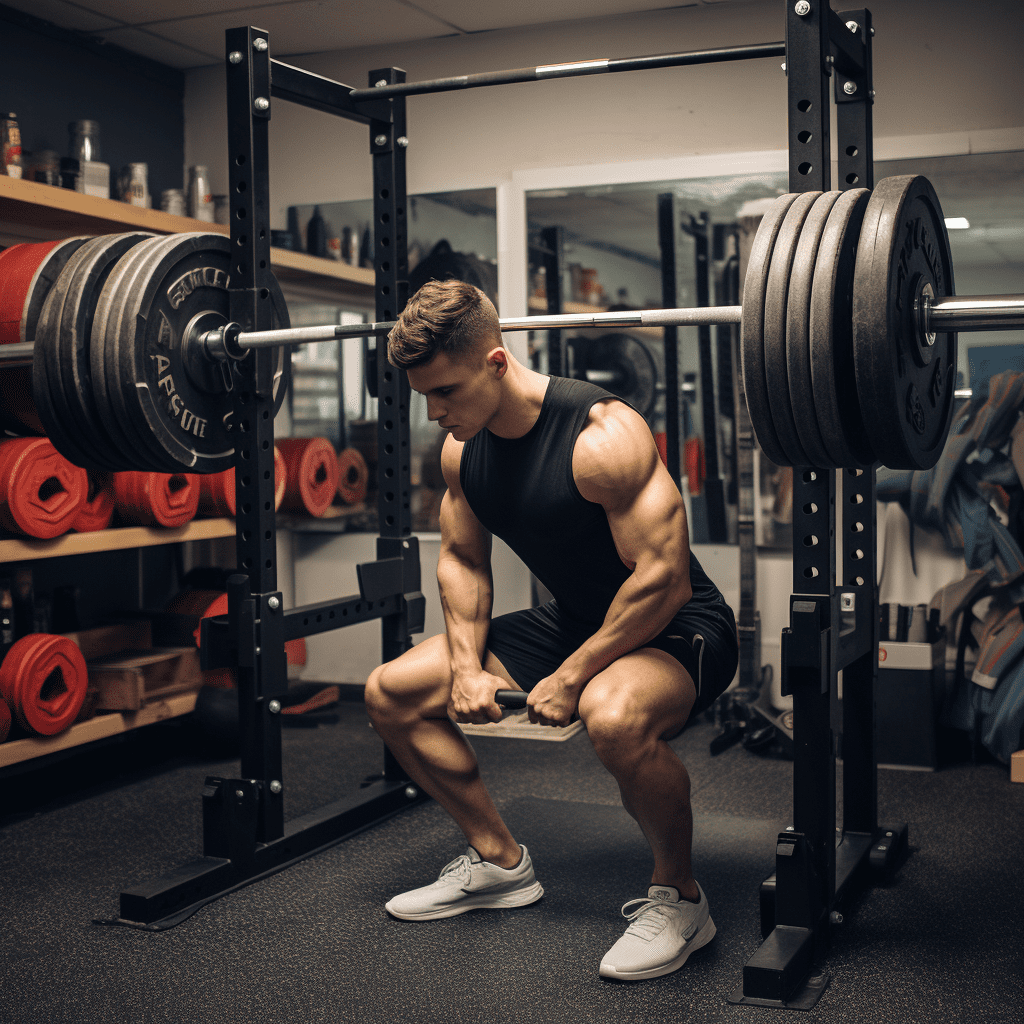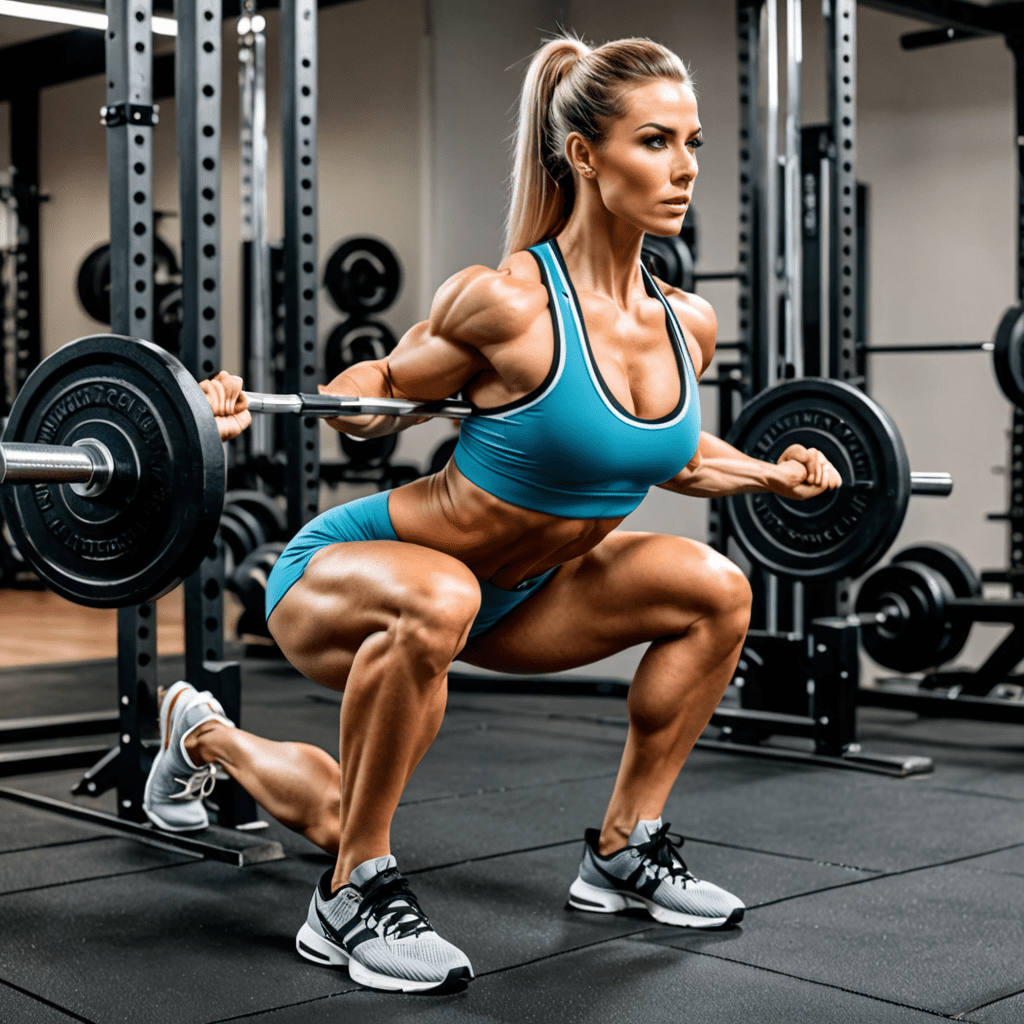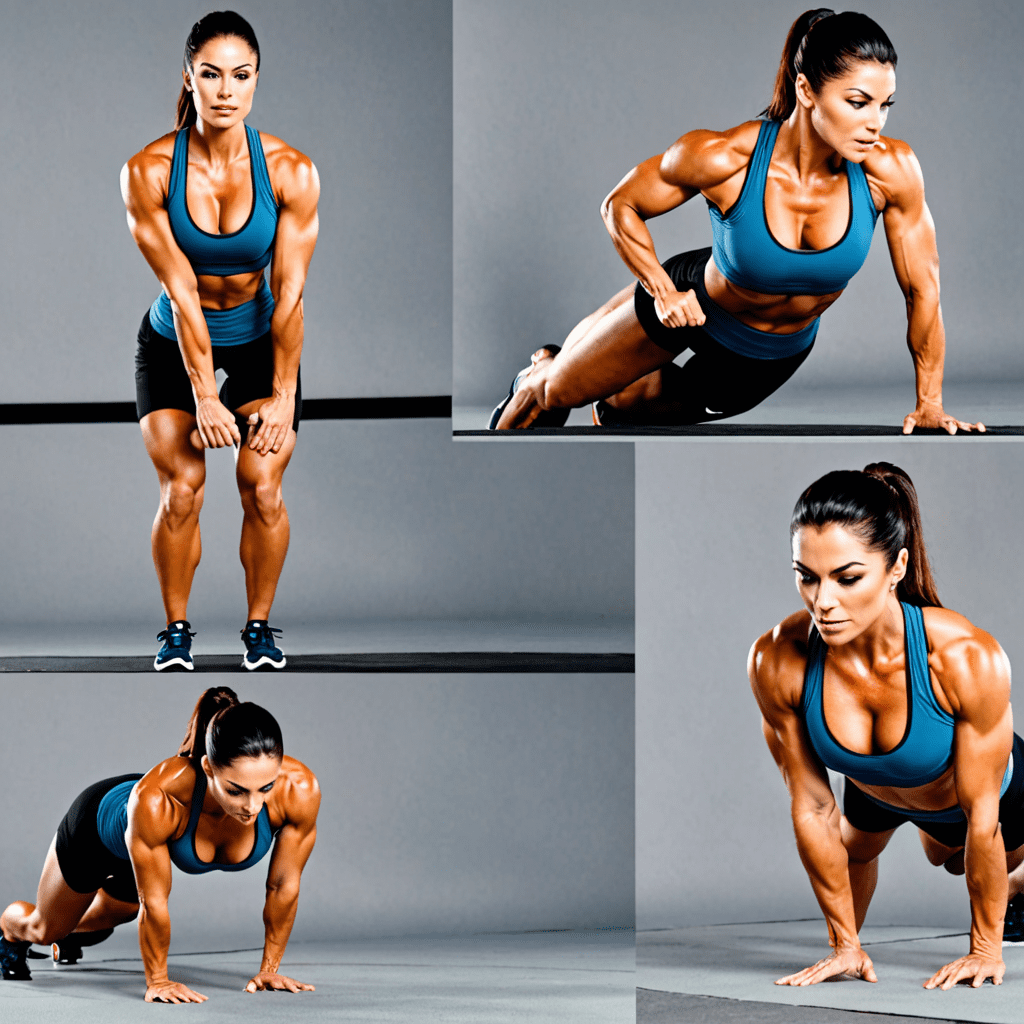
Sample Title: How to Squat Heavier: Tips and Techniques for Strength Gains
Introduction
Squatting is one of the most effective compound exercises for building lower body strength and muscle mass. Whether you’re a beginner or an experienced lifter, increasing your squat weight can be a challenging but rewarding goal. In this article, we will explore various tips and techniques to help you squat heavier and achieve greater strength gains.
1. Master Proper Form and Technique
Before attempting to squat heavy weights, it’s crucial to ensure you have mastered the correct squatting form and technique. This includes maintaining a neutral spine, engaging the core, pushing through your heels, and achieving proper depth. Working with a qualified fitness professional or strength coach can be instrumental in perfecting your form and preventing injuries.
2. Gradually Increase the Weight
To squat heavier, you need to progressively overload your muscles. This means gradually increasing the weight you lift over time. Start by adding small increments of weight each week or every few workouts. Aim for a weight that challenges you but still allows you to maintain proper form. Consistently pushing your limits will stimulate muscle growth and strength gains.
3. Incorporate Assistance Exercises
In addition to squats, incorporating assistance exercises into your training routine can help you squat heavier. These exercises target specific muscle groups involved in squatting and strengthen them individually. Examples of assistance exercises for squats include Bulgarian split squats, lunges, box squats, and leg press. By strengthening these supporting muscles, you can enhance your overall squatting performance.
4. Focus on Increasing Lower Body Strength
Building overall lower body strength is essential for squatting heavier. In addition to squats, prioritize exercises that target your glutes, hamstrings, and quads. Incorporate exercises such as deadlifts, Romanian deadlifts, glute bridges, and leg curls into your training regimen. Increasing the strength of these muscles will contribute to greater squatting power.
5. Implement Progressive Overload Techniques
Progressive overload techniques involve manipulating various training variables to continually challenge your muscles and promote strength gains. This can include increasing the weight, adjusting the number of sets and reps, incorporating supersets or drop sets, or reducing rest periods. Experiment with different progressive overload methods to keep your workouts challenging and stimulate muscle growth.
6. Prioritize Recovery and Proper Nutrition
Recovery and nutrition play a crucial role in optimizing your squatting performance and promoting strength gains. Ensure you are getting enough quality sleep, as this is when the body repairs and grows muscle tissue. Additionally, focus on consuming a balanced diet that includes an adequate amount of protein, carbohydrates, and healthy fats. Proper hydration is also essential to support optimal muscle function during intense training sessions.
FAQ
Q: How often should I squat to increase my squat weight?
A: The frequency of squatting sessions depends on factors such as your training experience, recovery ability, and overall training volume. For beginners, two to three squat sessions per week can be beneficial. Intermediate and advanced lifters may benefit from higher frequencies, such as four to six sessions per week, but only if their bodies can handle the increased workload.
Q: Should I use a weightlifting belt to squat heavier?
A: Weightlifting belts can provide additional support and stability to the core during heavy squats. However, relying too heavily on a belt can hinder your ability to engage and strengthen your core muscles. It’s best to use a weightlifting belt sparingly, primarily for near-maximal and maximal lifts, while still prioritizing core strength development.
Q: Can squatting heavier cause knee pain?
A: Squatting with improper form or excessive weight can potentially lead to knee pain or injury. It is crucial to maintain proper technique and gradually progress the weight to avoid straining the knees. If you experience persistent knee pain during or after squatting, it’s recommended to consult with a qualified healthcare professional or physical therapist to address any underlying issues.


